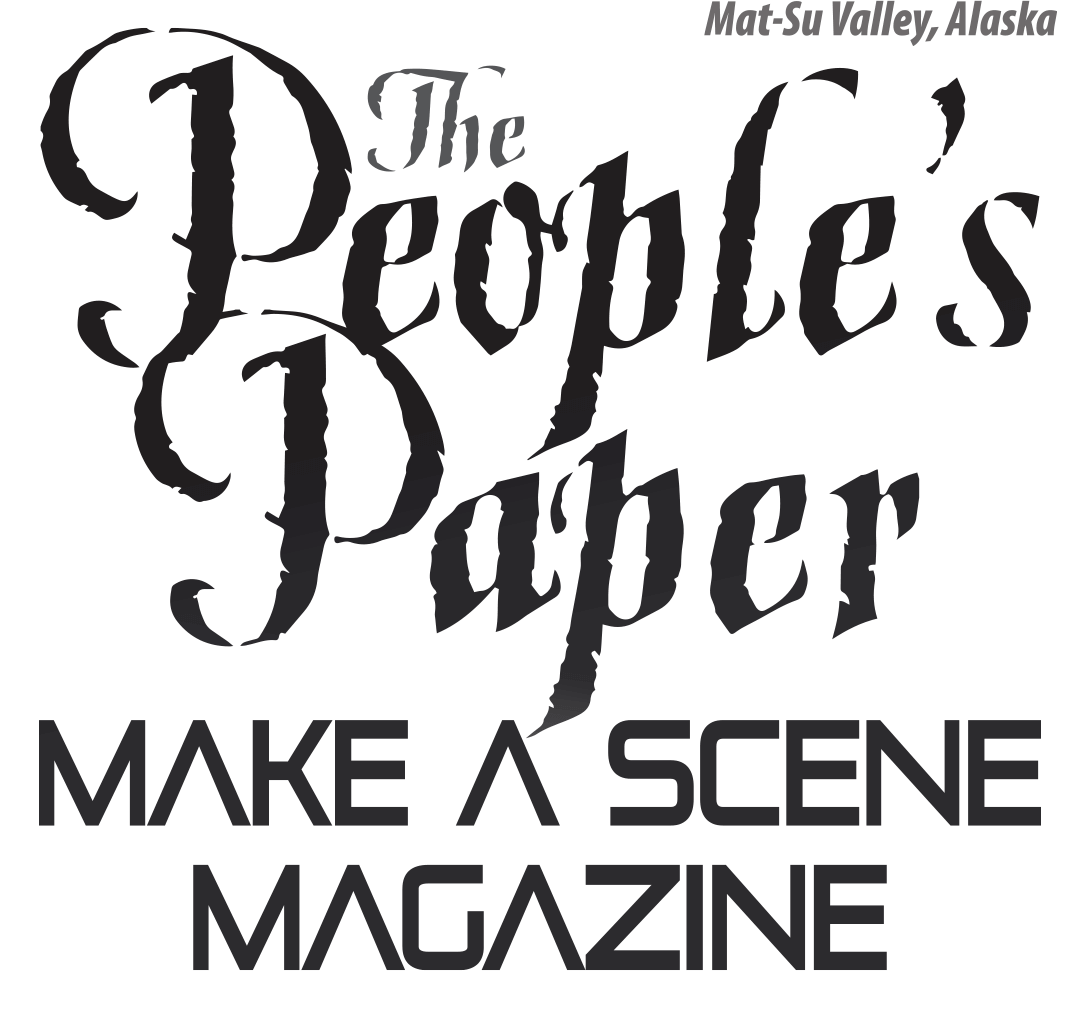Even after all these years, I still seem to focus on the gap between where I want to be and where I am.
When I instead focus on the gain of where I've come from, and celebrate how far I've come, the energy and emotions are entirely different.
I practice noticing my emotions and body sensations. When I notice pain, I practice allowing that sensation to be with me. When I notice I am feeling “less than,” I allow for the feeling of “gratitude” to be with me. When I notice a hard knot of frustration, I send a thick rose garland of love to wrap around that emotion.
I have noticed, when I focus on my 'fear,' I limit the opportunities and miss out on many fun adventures. I practice being aware of my critical voice, which seeks to keep me 'safe', but only accomplishes stagnation. When I focus on my 'gifts,' and not my 'critic' I can be perfectly imperfect.
I have noticed that when I take a breath and allow space for my emotions, without pushing on the world go the way I think it should. That bit of breath unwraps the tendrils of anger and sadness, and allows in possibilities, so that more of what I want can come to me.
In these small ways I can encourage myself to be more proactive and less reactive to my environment, which in a vicious circle is only reacting to me.
My gifts I've discovered are communicating with Nature; listening with the intent to listen; aligning myself with my Higher Self and having compassion for others without trying to control them, or the outcome.
As a Life Coach and an Energy Healer, I need to talk to many people to offer my services. If I limit my message by fearing 'what might be', then no one can know about my services, and no one can be helped. A limiting belief that keeps me in the same level of dismay and not enough patterns.
When I step into my 'courage', holding the hand of that higher power, it's not just my message. The message comes from my Higher Self, a message of hope that can be broadcast wide and far. Then, the way is open for the possibility of the right people noticing and wanting to learn more.
I practice changing the message, so that my critical voice encourages me while pointing out what pitfalls can be avoided. How could the birds fly thousands of miles, without encouraging each other to leave the lands of winter and head to their far-off southern homes?
It is okay to be me, the know-it-all, the hermit, the quiet one, the exuberant one, the one not really fitting in. The ego is a part of my identity that I'm still exploring well into my elder years.
I like that I don't have to be right, that I can listen to other viewpoints and decide if what I think I believe and know, and what I've learned can help myself or others.
In my seeming failure, is the renewing of my strength. ~Ann Davies













